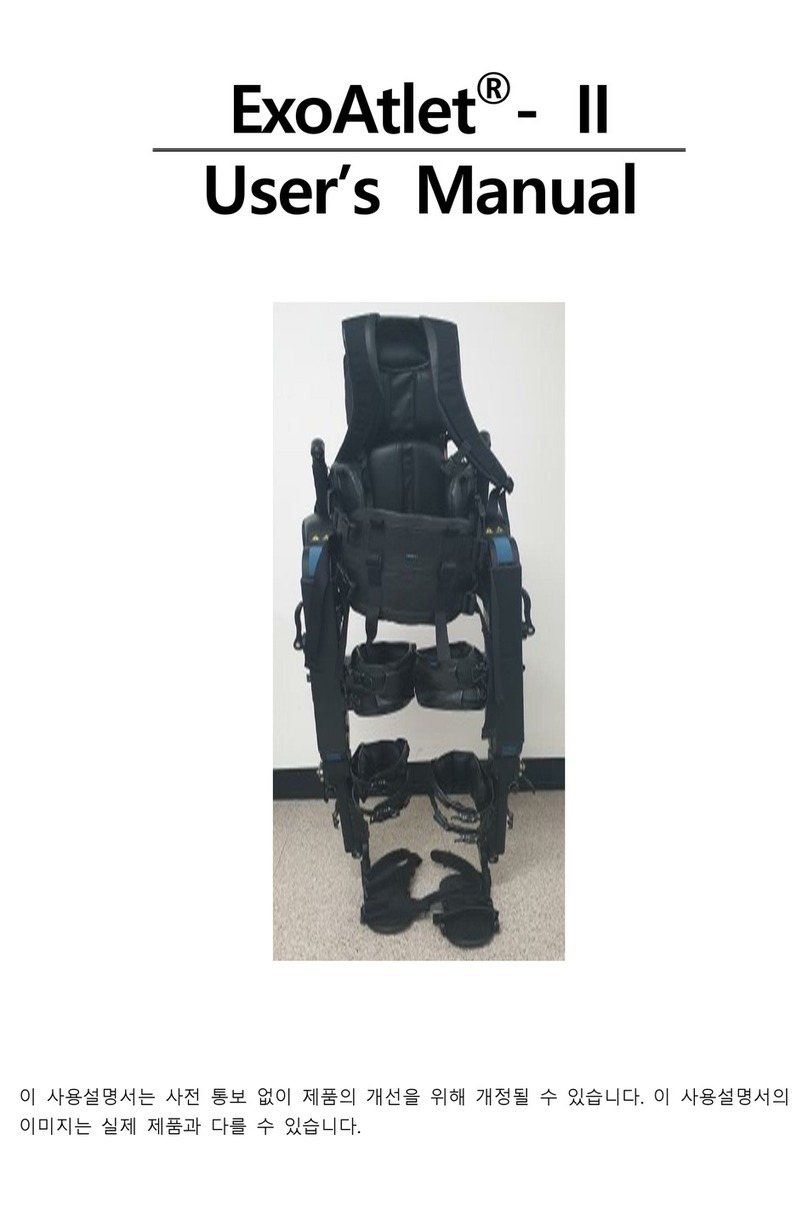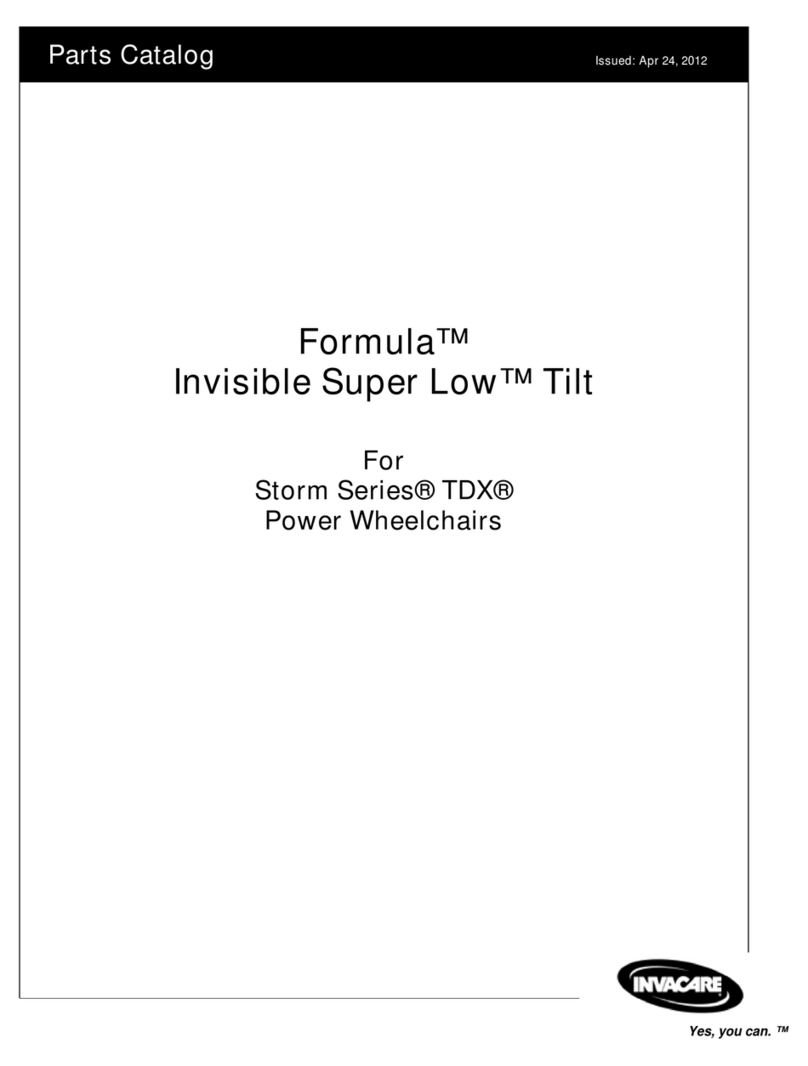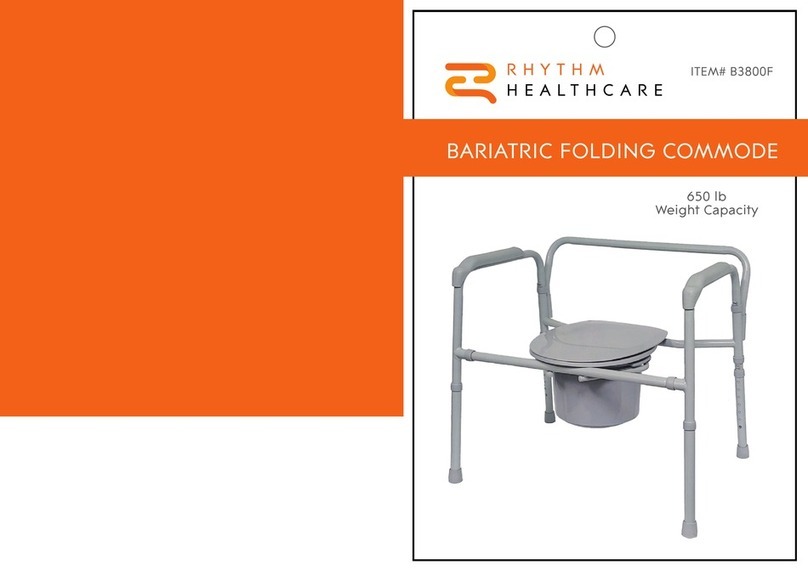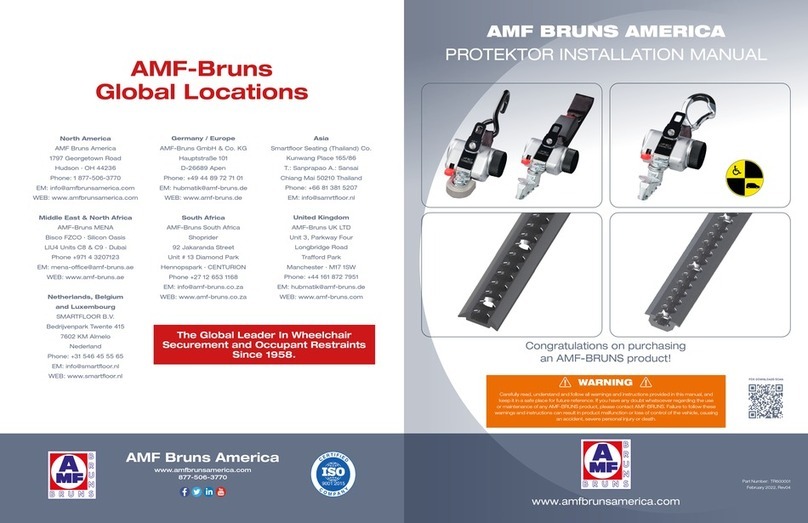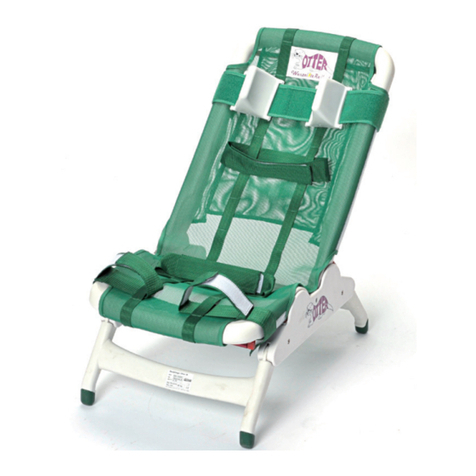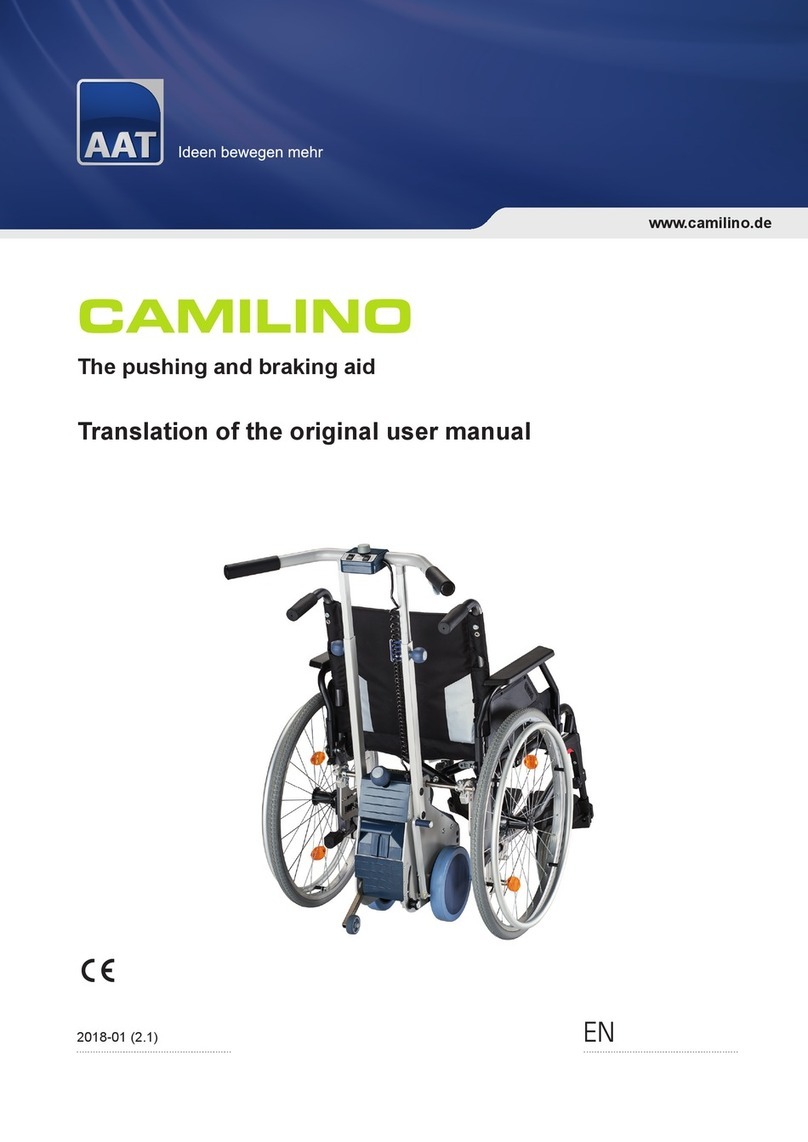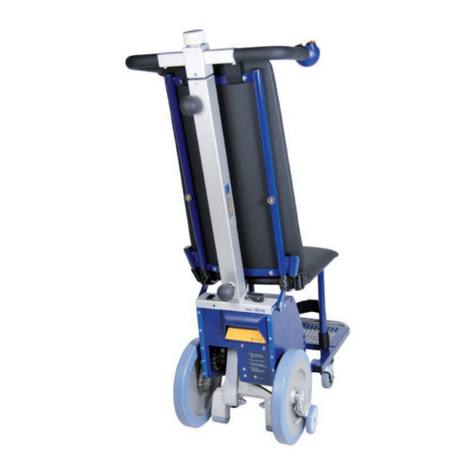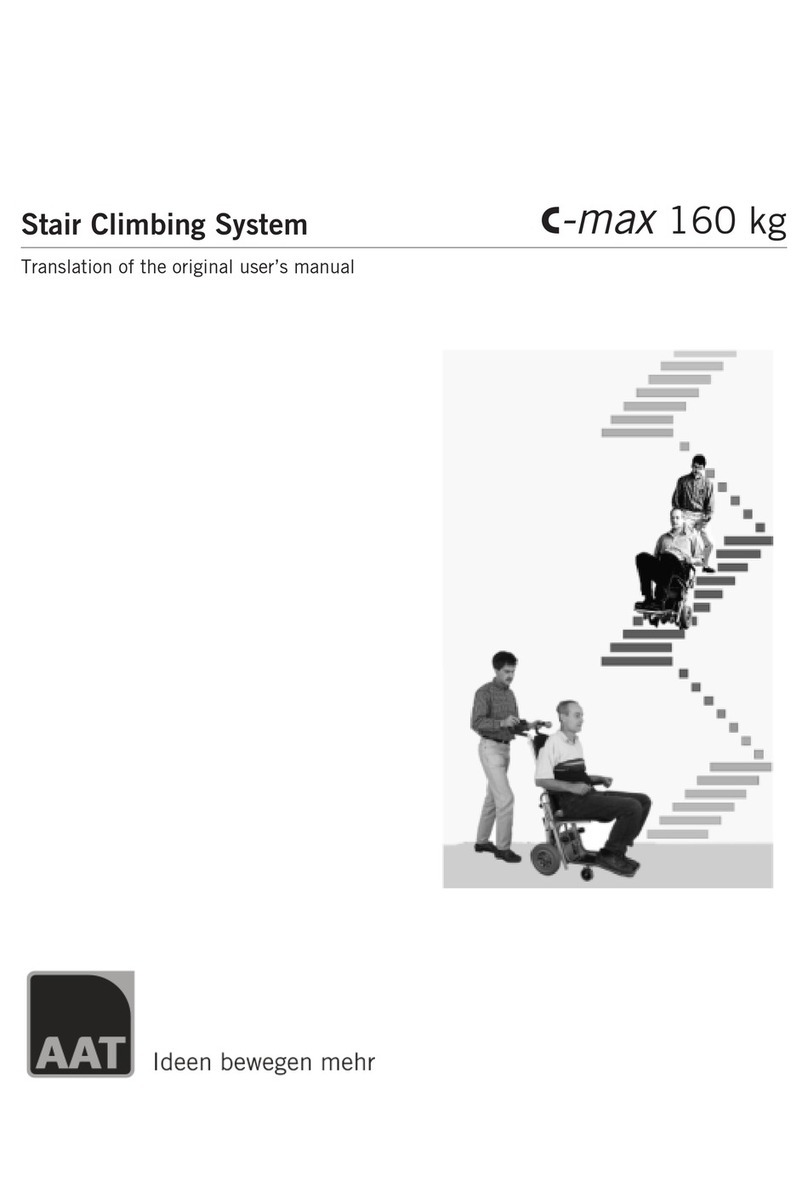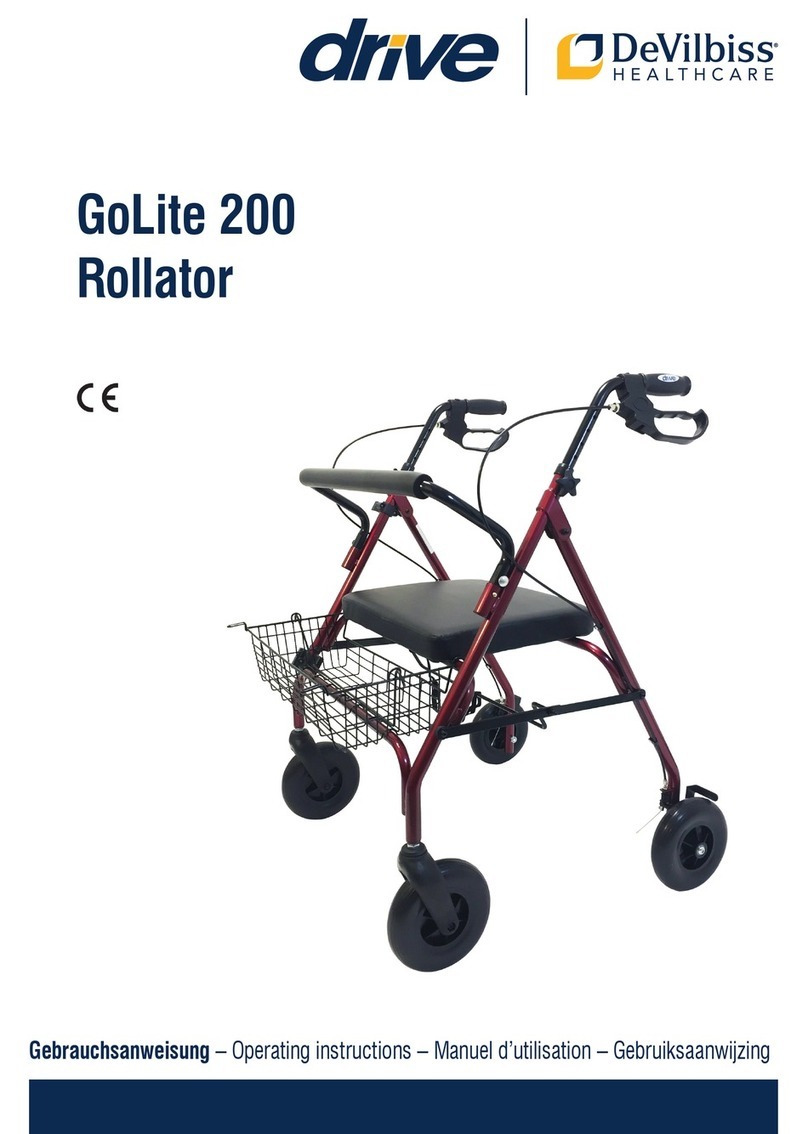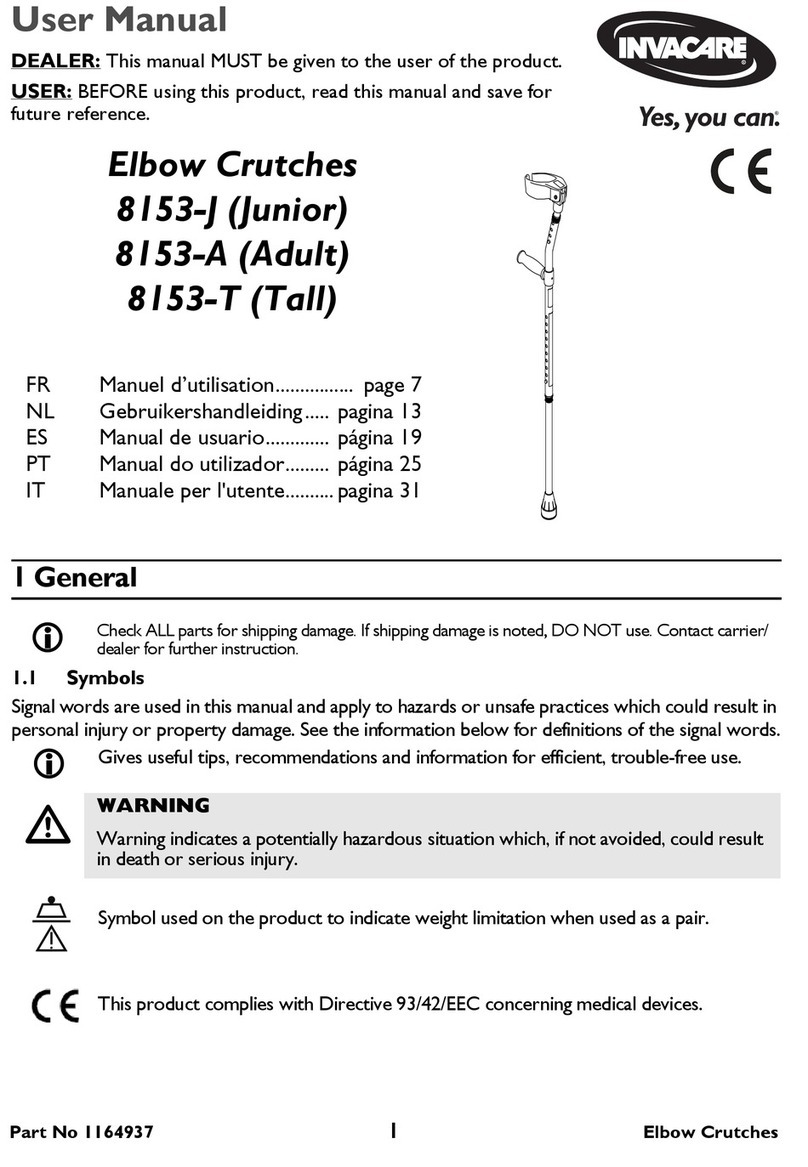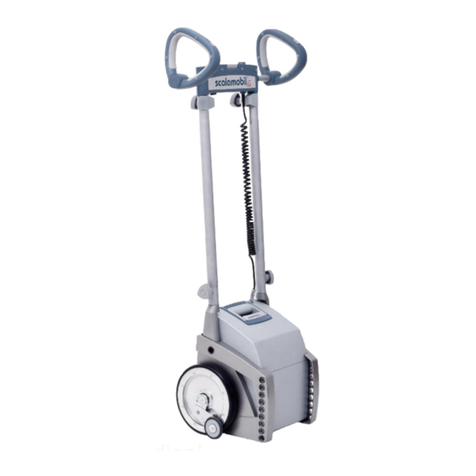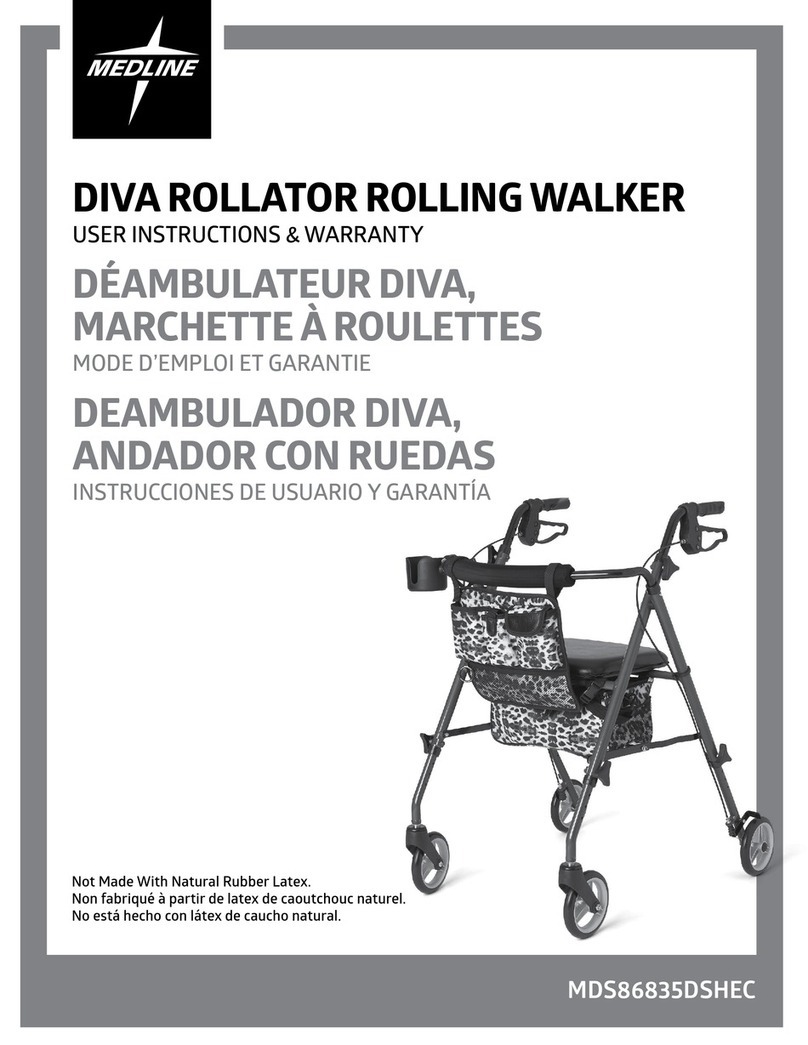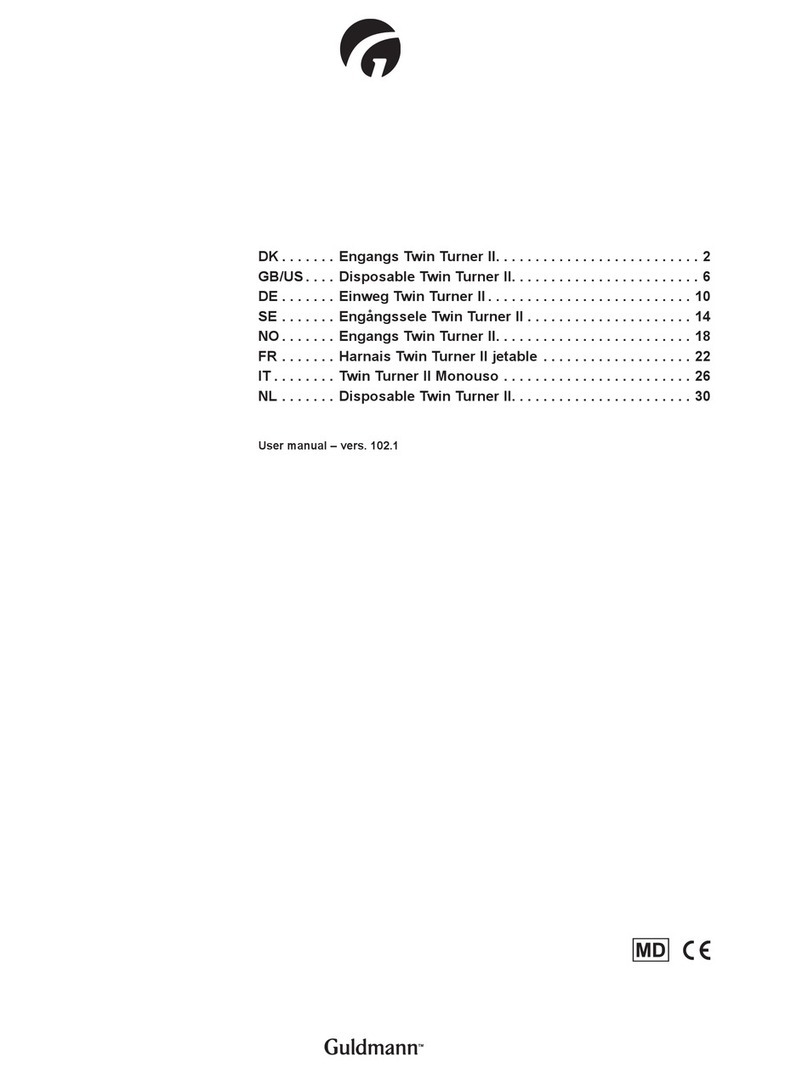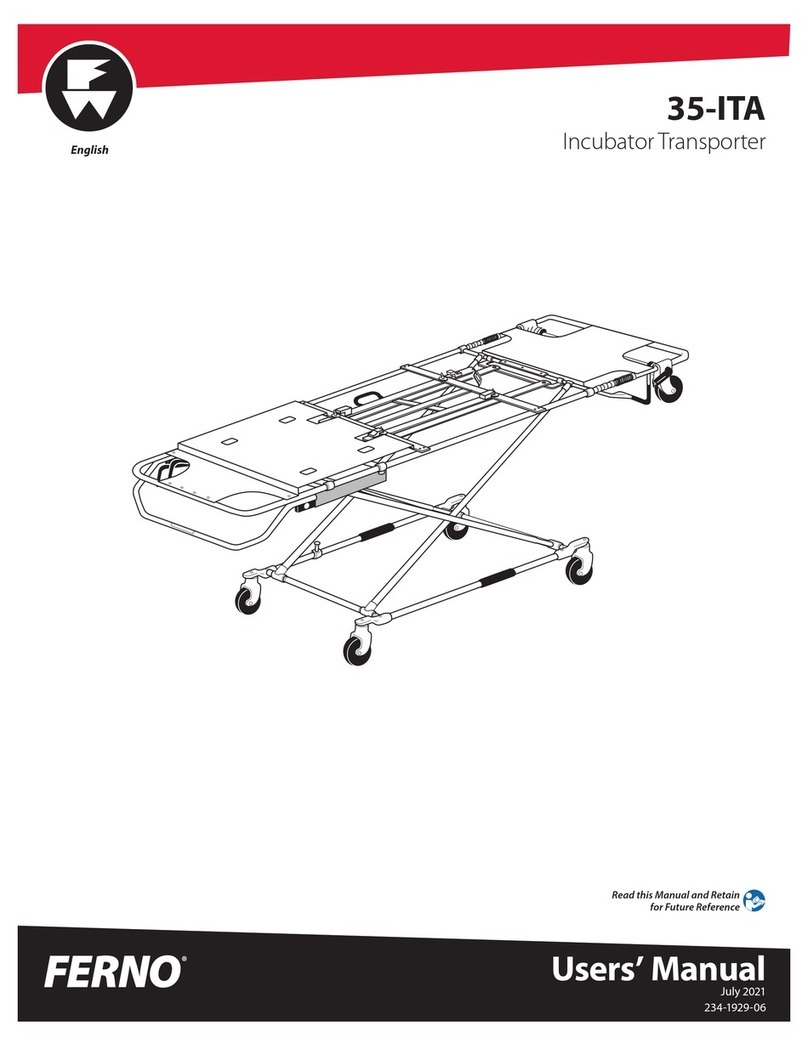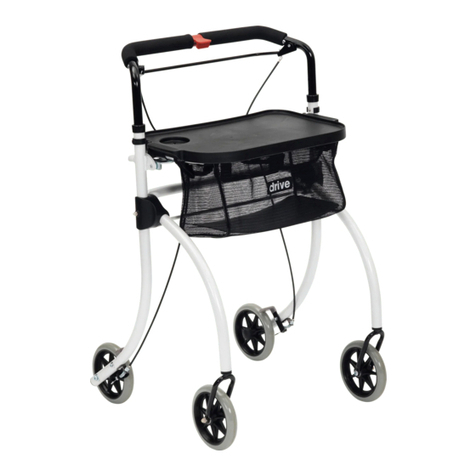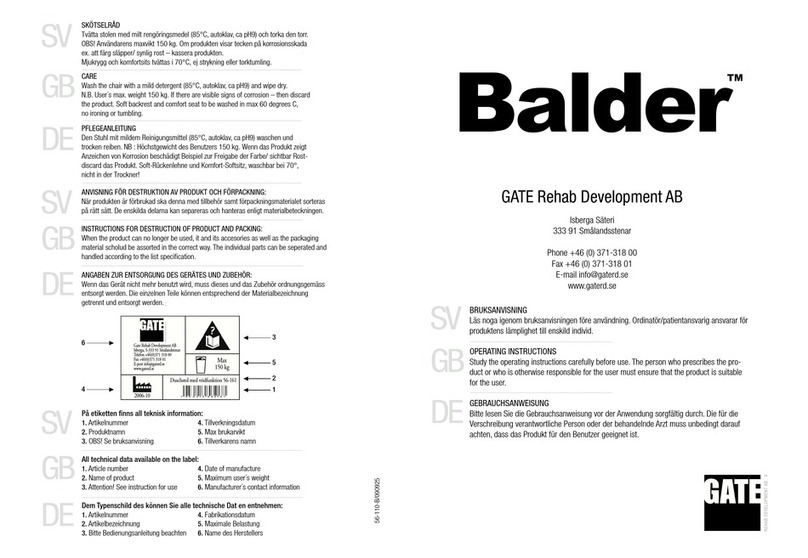
4
Table of Contents
1 Symbols and safety instructions . . . . . . . . . . . . . . . . . . . . . . . . . . . . . . . . .5
2 Explanation of the symbols on the packaging . . . . . . . . . . . . . . . . . . . . . . . . . . .6
3 Explanation of the symbols on the device . . . . . . . . . . . . . . . . . . . . . . . . . . . .7
4 Product description . . . . . . . . . . . . . . . . . . . . . . . . . . . . . . . . . . . . . . .9
4.1 Device overview. . . . . . . . . . . . . . . . . . . . . . . . . . . . . . . . . . . . . . . . . . . . .9
4.2 Type plate incl. serial number . . . . . . . . . . . . . . . . . . . . . . . . . . . . . . . . . . . . .11
4.3 Intended purpose . . . . . . . . . . . . . . . . . . . . . . . . . . . . . . . . . . . . . . . . . . .11
4.4 Intended patient population . . . . . . . . . . . . . . . . . . . . . . . . . . . . . . . . . . . . . .11
4.5 Medical requirements and indication . . . . . . . . . . . . . . . . . . . . . . . . . . . . . . . . . 12
4.6 Contraindications and restrictions . . . . . . . . . . . . . . . . . . . . . . . . . . . . . . . . . . .12
4.7 User group . . . . . . . . . . . . . . . . . . . . . . . . . . . . . . . . . . . . . . . . . . . . . . 12
4.8 Technical data . . . . . . . . . . . . . . . . . . . . . . . . . . . . . . . . . . . . . . . . . . . . 13
4.9 Dimensional drawing . . . . . . . . . . . . . . . . . . . . . . . . . . . . . . . . . . . . . . . . . 14
4.10 Scope of delivery . . . . . . . . . . . . . . . . . . . . . . . . . . . . . . . . . . . . . . . . . . . 15
4.11 Accessories . . . . . . . . . . . . . . . . . . . . . . . . . . . . . . . . . . . . . . . . . . . . . .15
5 Assembly. . . . . . . . . . . . . . . . . . . . . . . . . . . . . . . . . . . . . . . . . . .16
5.1 Handle unit and C part with seat . . . . . . . . . . . . . . . . . . . . . . . . . . . . . . . . . . . 16
5.2 Mounting the headrest (optional accessory) . . . . . . . . . . . . . . . . . . . . . . . . . . . . . 16
5.3 Inserting the armrests. . . . . . . . . . . . . . . . . . . . . . . . . . . . . . . . . . . . . . . . .17
6 Starting up . . . . . . . . . . . . . . . . . . . . . . . . . . . . . . . . . . . . . . . . . .17
6.1 Adjusting the handles . . . . . . . . . . . . . . . . . . . . . . . . . . . . . . . . . . . . . . . . .18
6.2 Inserting the battery pack and making the spiral cable plug connection . . . . . . . . . . . . . . . . 18
6.3 Folding out the footrest . . . . . . . . . . . . . . . . . . . . . . . . . . . . . . . . . . . . . . . . 19
6.4 Switching on the device . . . . . . . . . . . . . . . . . . . . . . . . . . . . . . . . . . . . . . . .19
6.5 Neutral position . . . . . . . . . . . . . . . . . . . . . . . . . . . . . . . . . . . . . . . . . . . .19
6.6 Checking the safety brakes . . . . . . . . . . . . . . . . . . . . . . . . . . . . . . . . . . . . . . 20
6.7 Single-step mode . . . . . . . . . . . . . . . . . . . . . . . . . . . . . . . . . . . . . . . . . . . 20
6.8 ComfortStep . . . . . . . . . . . . . . . . . . . . . . . . . . . . . . . . . . . . . . . . . . . . . 21
6.9 Checking battery capacity. . . . . . . . . . . . . . . . . . . . . . . . . . . . . . . . . . . . . . .21
7 Occupant taking a seat . . . . . . . . . . . . . . . . . . . . . . . . . . . . . . . . . . . . 22
7.1 Folding away the armrests . . . . . . . . . . . . . . . . . . . . . . . . . . . . . . . . . . . . . . 22
8 Operation . . . . . . . . . . . . . . . . . . . . . . . . . . . . . . . . . . . . . . . . . . 23
8.1 Moving on level ground / overcoming obstacles . . . . . . . . . . . . . . . . . . . . . . . . . . . . 24
8.2 Tilting the stair climbing system . . . . . . . . . . . . . . . . . . . . . . . . . . . . . . . . . . . .24
8.3 Moving on slopes . . . . . . . . . . . . . . . . . . . . . . . . . . . . . . . . . . . . . . . . . . . 25
8.4 Climbing stairs - Upwards. . . . . . . . . . . . . . . . . . . . . . . . . . . . . . . . . . . . . . .26
8.5 Climbing stairs - Downwards . . . . . . . . . . . . . . . . . . . . . . . . . . . . . . . . . . . . . 27
8.6 Laying down on stairs / emergency stop function . . . . . . . . . . . . . . . . . . . . . . . . . . . 28
8.7 Parking . . . . . . . . . . . . . . . . . . . . . . . . . . . . . . . . . . . . . . . . . . . . . . . .28
8.8 Transportation . . . . . . . . . . . . . . . . . . . . . . . . . . . . . . . . . . . . . . . . . . . . 29
9 Care and maintenance . . . . . . . . . . . . . . . . . . . . . . . . . . . . . . . . . . . . 29
9.1 Battery and charger. . . . . . . . . . . . . . . . . . . . . . . . . . . . . . . . . . . . . . . . . .29
9.2 Checking the brake linings and climbing feet linings. . . . . . . . . . . . . . . . . . . . . . . . . .31
9.3 Cleaning and disinfection . . . . . . . . . . . . . . . . . . . . . . . . . . . . . . . . . . . . . . . 32
9.4 Replacing fuses. . . . . . . . . . . . . . . . . . . . . . . . . . . . . . . . . . . . . . . . . . . .33
9.5 Technical safety testing . . . . . . . . . . . . . . . . . . . . . . . . . . . . . . . . . . . . . . . . 33
9.6 Reuse (change in operator) . . . . . . . . . . . . . . . . . . . . . . . . . . . . . . . . . . . . . . 33
9.7 Disposal . . . . . . . . . . . . . . . . . . . . . . . . . . . . . . . . . . . . . . . . . . . . . . . 34
9.8 Long-term storage. . . . . . . . . . . . . . . . . . . . . . . . . . . . . . . . . . . . . . . . . . .34
10 Fault conditions and troubleshooting. . . . . . . . . . . . . . . . . . . . . . . . . . . . . .34

